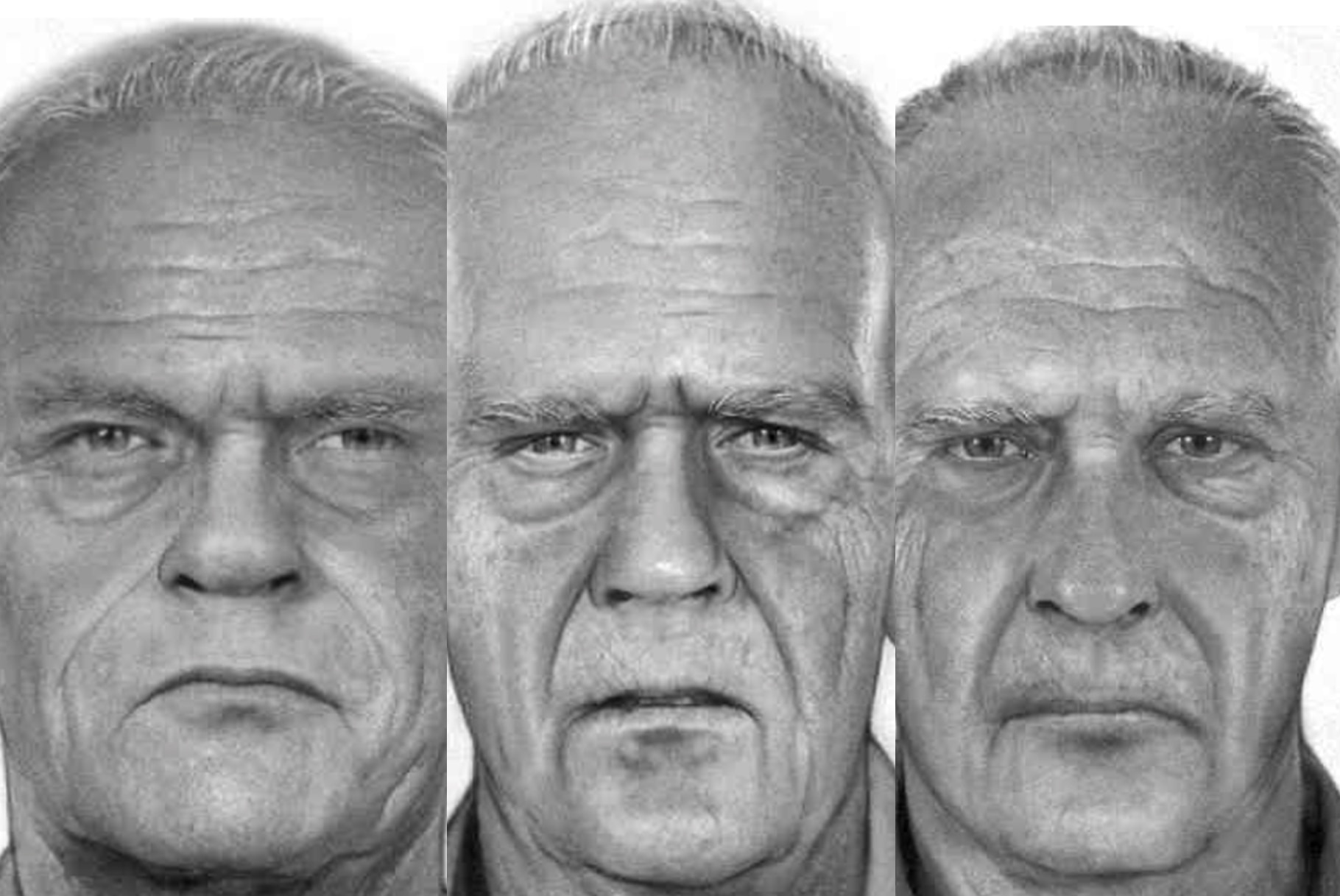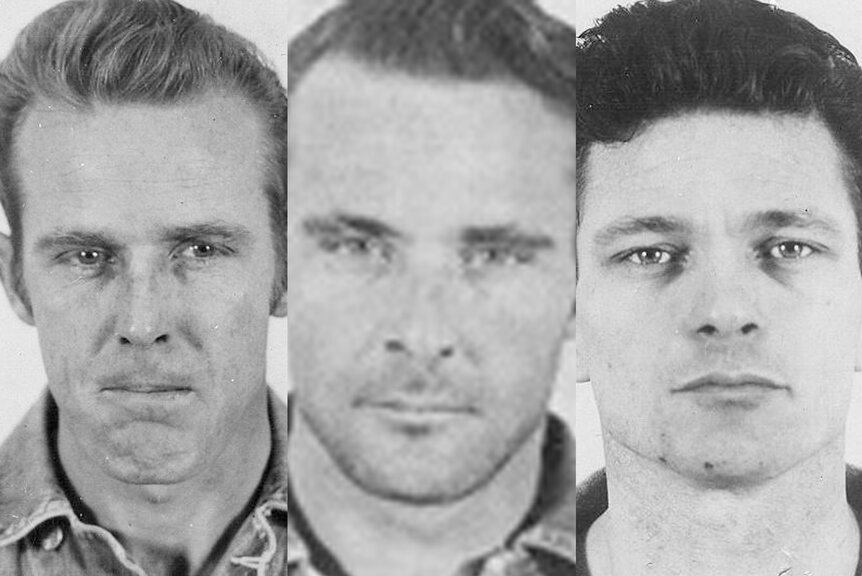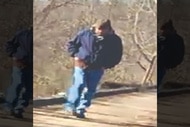Alcatraz Escapees' Age-Progressed Photos Released By U.S. Marshals In Renewed Search
The whereabouts of Frank Morris and brothers John and Clarence Anglin, who escaped the offshore prison of Alcatraz in 1962 after months of planning, remains one of America's greatest mysteries — and one which the government still wants to solve.

It’s been 60 years since three men made their brazen escape from Alcatraz, and authorities are still looking for them today.
The U.S. Marshals Service’s Northern District of California's Fugitive Investigations released three age-progressed photos of the men who escaped “The Rock." The whereabouts of Frank Morris and brothers Clarence and John Anglin have remained a mystery in the decades after they slipped through prison vents and smokestacks on June 11, 1962 and left the island.
The trio, who’d planned the escape for six months, navigated the cold waters of the San Francisco Bay on a jury-rigged raft made of raincoats, though whether or not they reached the shore of San Francisco — about one and a half miles from the prison — is a source of conjecture.
Frank Morris, who would be 95 today, arrived at Alcatraz in January 1960 after he was found guilty of a number of crimes, including bank robbery, burglary and several attempts to escape other prisons, according to the FBI. John Anglin, who’d be 92 today, arrived later that year, while Clarence Anglin, just one year younger than John, arrived in 1961.
All knew one another from previous stints in prison, and all had attempted to escape prisons in the past.
“Assigned to adjoining cells, they began hatching an escape,” according to the FBI. “Morris, known for his intelligence, took the lead in the planning.”
On June 12, 1962, guards on the morning shift found dummy heads made of plaster and human hair in the convicts’ beds, which “apparently fooled the night guards.”
Allen West was also a conspirator in the escape, but he couldn’t leave his cell in time after his ventilator grill wasn’t completely removed. He would later help authorities piece together how, exactly, the men escaped the offshore prison that was known for being inescapable.
The carefully-crafted plan began in December 1961 when the group gained possession of old saw blades, according to the FBI. Other crude tools helped the men remove the air vents in their cells, where they would hide their contraband. The three had previously shimmied through the vents into an unguarded section of the prison, which provided access to the roof. There, they created a makeshift workshop, where they surveyed the guards using an ad-hoc periscope.
The group had also made a 6x14 foot raft made of more than 50 raincoats and fashioned their own wooden oars.
Authorities believe that on the night of the escape, they returned to the roof before shimming down the smokestack of the prison’s bakery to the rear of the prison. They then scaled a fence and headed down to the beach before venturing into the rough, cold currents of the San Francisco Bay.
Within two days, investigators found “some paddle-like pieces of wood and bits of rubber inner tube” in the water and a makeshift life preserver washed up on Cronkhite Beach in Marin County. The men were never seen again.
Theories about the men surviving the trek were reignited in 2018 when a 2013 letter allegedly penned by John Anglin himself surfaced more than half a century after the escape.
“My name is John Anglin,” the letter read. “I escape [sic] from Alcatraz in June 1962 with my brother Clarence and Frank Morris. I’m 83 years old and in bad shape. I have cancer. Yes, we all made it that night, but barely!”
The letter, addressed to San Francisco police, forced the FBI to reopen the case after closing it in 1979; they then reassigned it to the U.S. Marshals Service, according to CBS News. In it, the person claiming to be John Anglin stated that all three of them lived into old age.
“If you announce on TV that I will be promised to first go to jail for no more than a year and get medical attention, I will write back to let you know where I am,” the letter continued. “This is no joke.”
The FBI could not determine whether or not the letter was authentic.
The Anglins’ nephew weighed in about the letter, claiming his grandmother received roses in the first few years after the escape, according to CBS News. The flowers came with a card allegedly signed by both John and Clarence.
Relatives also claimed the Anglin brothers were photographed in Brazil in 1975, according to ABC Fresno affiliate KFSN-TV.
Other theories have focused on a man’s deathbed confession in which he told a nurse that his accomplices met the escapees on the waters near Alcatraz and they all left in another boat. The tale matched that of San Francisco police officer Robert Checchi, who spotted a “really unusual” boat in the water without its lights on. Checchi reported to the FBI that the vessel was “pristine white” and that after minutes of sitting in darkness, a light went on, and it went away.
The prison island is now a popular tourist attraction.
Anyone with information should contact the U.S. Marshals Service - San Francisco Office at 1-415-436-7677.


























